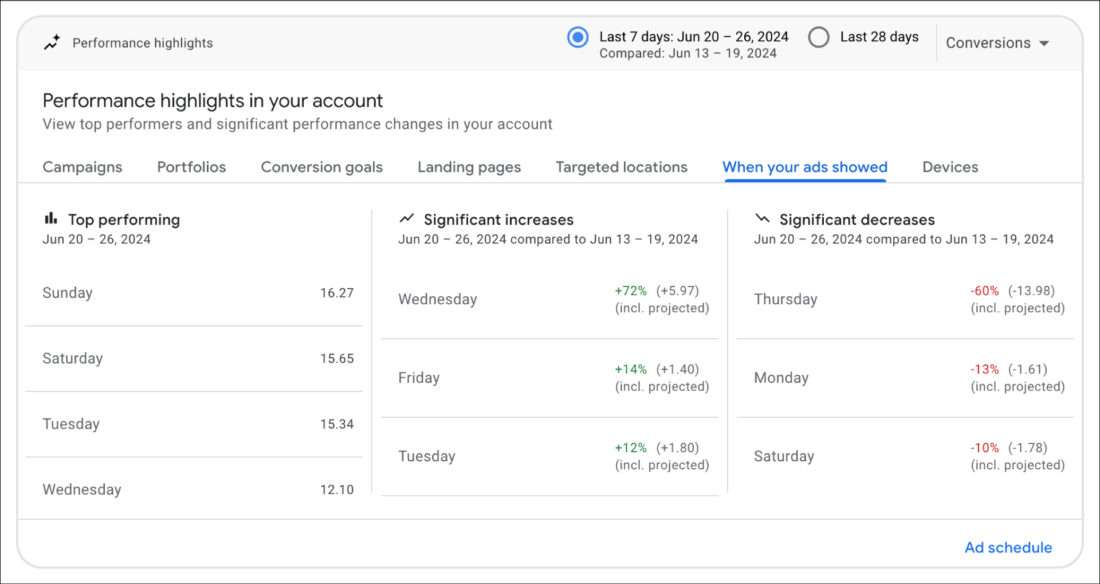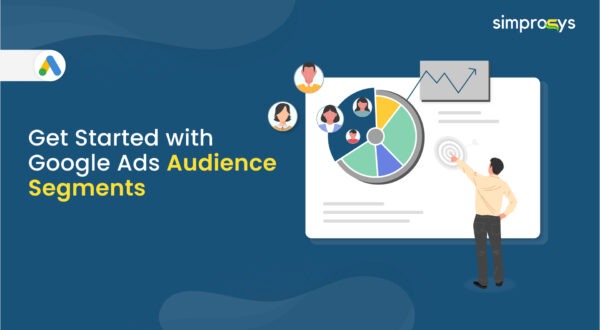5 Ways to Evaluate Your Google Performance Max Campaigns

Google Performance Max campaigns are transforming the digital advertising landscape, offering businesses a cutting-edge approach. As you are aware, these campaigns use automation and machine learning to provide the best possible performance throughout Google’s vast network.
In an earlier blog, we saw some great points to keep in mind before getting started with Google Performance Max campaigns. So, after we have created the campaigns, the next step would be to evaluate the campaign efficiency. But how do you measure the success of these campaigns?
In this blog, we’ll explore methods for assessing the Performance Max campaigns to ensure your marketing efforts are paying off.
Before diving into the evaluation, ensure that you exactly know what you’re hoping to achieve by having clear and measurable objectives for your campaigns.

Were you aiming for conversions (sales, leads), website traffic, or brand awareness? It means that before analyzing, you must define the criteria for success in your campaign.
Evaluate Your Google Performance Max Campaigns
One of the key points to be kept in mind before starting with the campaign evaluation is that you need to allow the campaign to perform for some time. Usually, the ideal time is around 25-30 days after the campaign is created. It will lead to enough data collection which can be then evaluated accurately.
Now, let’s dig into the points that lead to a fruitful campaign evaluation. We have explained each point in detail along with a live example.
1. Gather Data
Use Google Ads and Google Analytics tools to collect data on the key metrics mentioned above. Give your campaign some room to breathe! Make sure you gather data over a long enough period to get a clear picture of what’s working and what’s not. This will lead to more precise and informative outcomes.

2. Evaluate Performance
Compare your campaign’s performance in accordance with your predefined goals. Identify trends and patterns in your data. Are there certain times of day or days of the week that perform better? Look for areas where the campaign is performing well and areas that need improvement. This will help you focus your efforts for future success.


3. Assess Audience Segments
Evaluate the performance across different audience segments and know your star audience. Allocate more resources towards the high-performing segments and refine your approach for those that need improvement. Also, the better performance audience segments can be considered while designing your creatives.

Pro-Tip: Avoid showing ads to irrelevant audiences. Utilize campaign exclusions to block placements or demographics that do not resonate with your ideal audience. This saves budget and keeps your ads focused.
4. Review Ad Assets
Analyze the effectiveness of different ad creatives and formats. Identify which assets generate the highest engagement and conversions, and optimize or replace underperforming ones. Can they be optimized with minor tweaks or visuals? If not, consider replacing them with fresh ideas based on your learnings.

5. Consider External Factors
Identify any external factors that might have influenced your campaign performance, such as emerging competitors or changes in consumer behavior. With this, you’ll gain a more comprehensive picture of your campaign’s performance. This will help you differentiate between factors you can control in future campaigns and external influences that require adaptation.

Use the insights gained from your evaluation to fine-tune your campaign. This could involve revising your bidding strategy, reallocating the budget to high-performing audience segments, or refining your ad creatives.

Evaluating your Google Performance Max campaigns is an ongoing process. Based on all the insights and analysis you have gathered, you can craft your upcoming strategies. With this, you can elevate your campaign to the next level and achieve impressive results.
Further, you can take advantage of our Google Shopping Feed apps for Shopify, WooCommerce, Wix, or Shopline, to streamline your Performance Max campaigns. Whether you’re creating a new campaign or linking existing ones, the app keeps all your essential data in one place for convenient and effortless management.
We’d love to hear about your experiences with Google Performance Max campaigns. Share your tips and insights in the comments below!






Leave a Reply